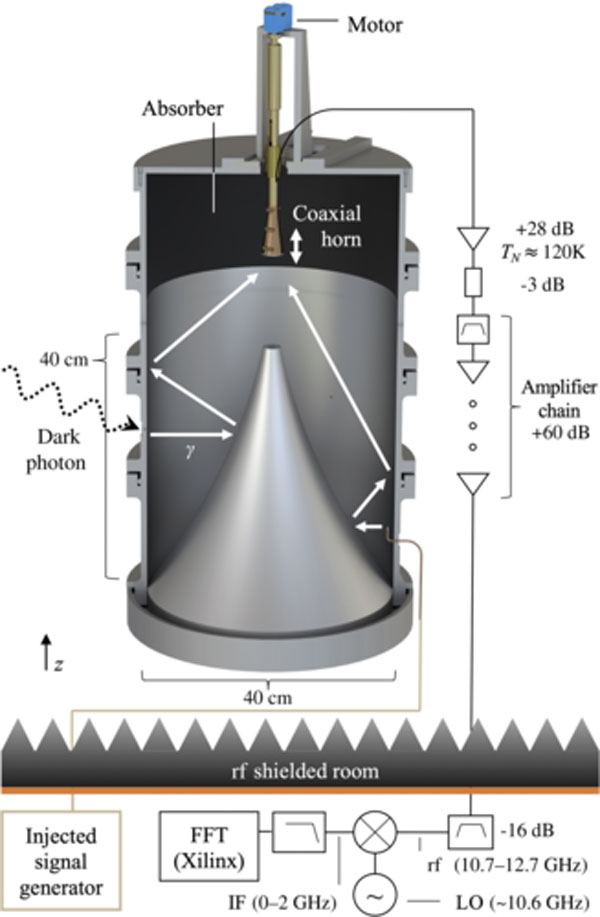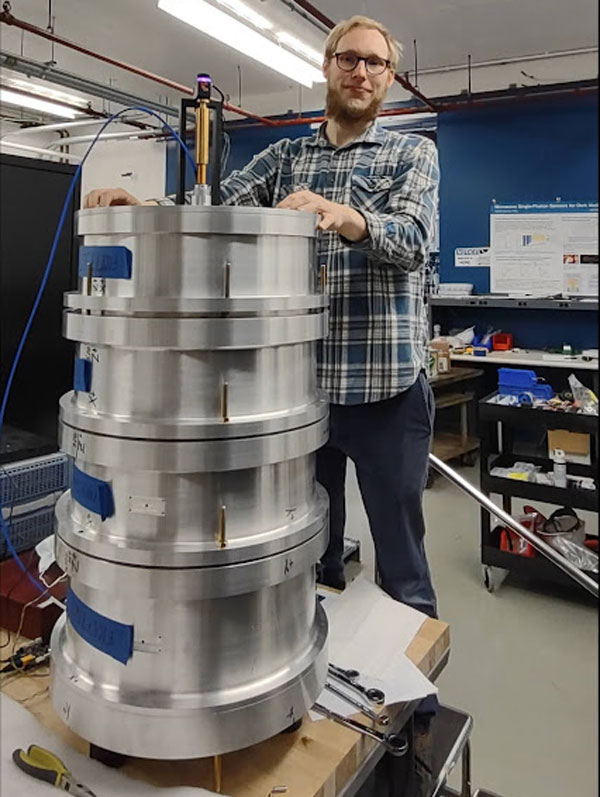New Installation For Searching For Dark Matter Has Been Tested In The US
Scientists for the first time tested a new installation to search for dark matter – a hypothetical particle that, as it were, cements ordinary matter and prevents it from scattering. According to the theory, it was only thanks to her that stars, galaxies, and you and I appeared in the Universe. The first launch of the BREAD installation brought results.

The device, called the Broadband Reflector Experiment for Axion Detection (BREAD), was developed by specialists from the Enrico Fermi National Accelerator Laboratory (Fermilab) and the University of Chicago (UChicago). The collaboration also includes Argonne (ANL), Livermore (LLNL) national laboratories, the National Institute of Standards and Technology (NIST), and the Goddard Space Flight Center (GSFC).
The device is a metal cylinder with a parabolic mirror inside, also metal. Its task is to focus on the detector at the end of the cylinder photons (ordinary ones) resulting from the unlikely but possible interactions of dark matter particles with a constant magnetic field or the walls of the device itself. In theory, dark photons or axions should do this.

The first BREAD run failed to detect dark photons in the monitored mass range from 44 to 52 μeV (10.7 to 12.5 GHz). However, based on the data collected over 24 days of observation, the scientists were able to exceed the existing limits on their characteristics by about 2 orders of magnitude, justifying the most stringent limit for dark photons in the range below 49 μeV, which was published in the journal Physical Review Letters.




